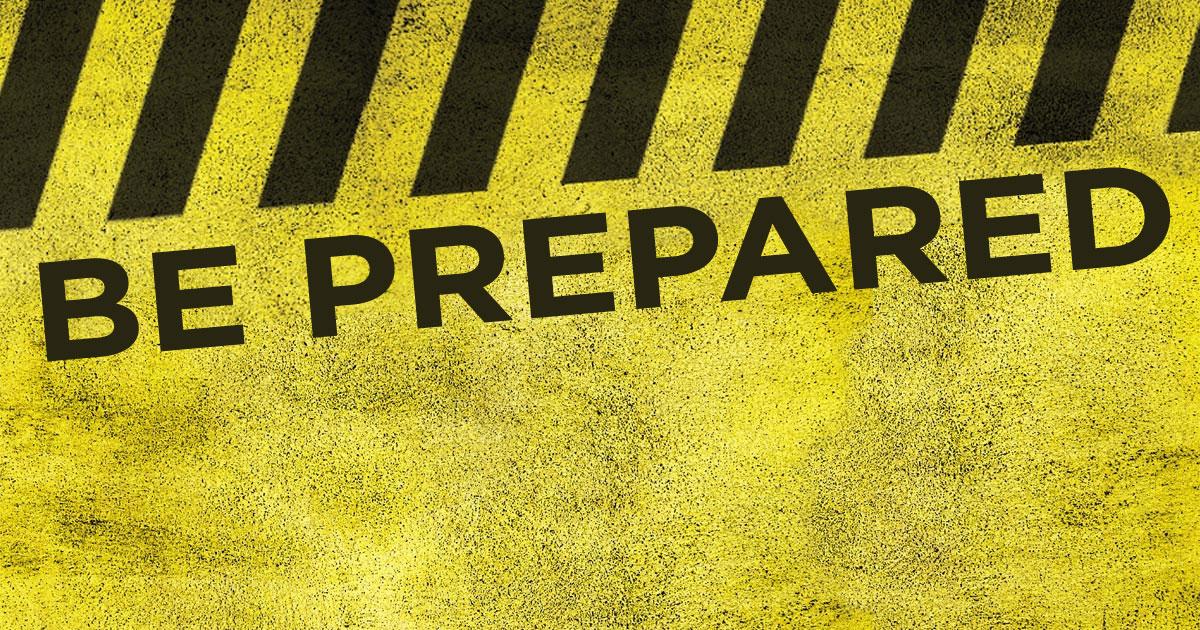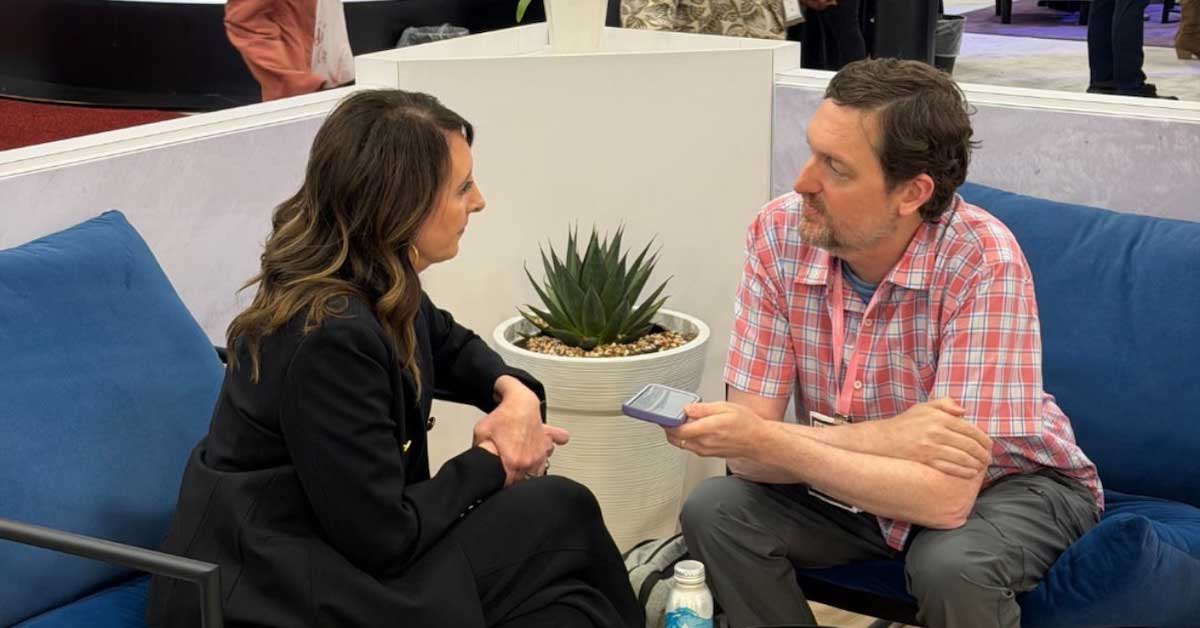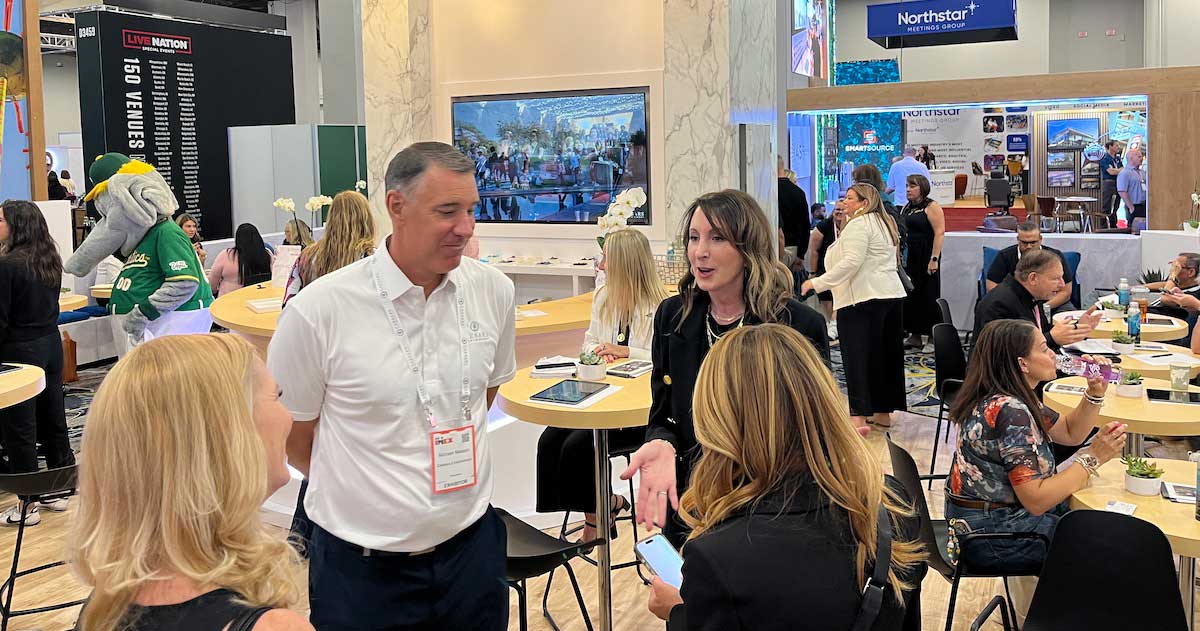What meeting professionals do regarding event safety and security varies widely. Some do little to nothing and some have created well-written, fully structured plans. Many meeting professionals learn as they go, which isn’t optimal but does prompt action.
Consider a recent event in San Francisco, where the planner hadn’t created an emergency plan for an earthquake. When one occurred, the group had no plan in place. Nothing of consequence happened, but the planner learned a valuable lesson: be prepared.
“Generally speaking, I ask the hotel for their plans,” says Jennifer Cummings, CMP, president of CONCENTRA Conference Management Services. “The hotels often tell me they have one, but they don’t share the details, and in all cases say that I should contact hotel security if there are any issues.”
Cummings says she doesn’t press the issue and operates under the notion that if there’s a situation, she will defer to the hotel and they will take point.
“I don’t think this is the correct approach any further and am working on a methodology for approaching safety and security more proactively in the future,” she says.
But should her emergency plan take precedence over the hotel’s plan?
“I work with smallish groups of 100 to 500 mostly, so going to a property and indicating that we have a plan in place and that they need to follow it doesn’t seem quite appropriate either,” Cummings says.
The concern, in part, comes from lack of communication between planners and venues. Planners might not think to ask about safety, while venues might believe the planner sees no value since they are not asking about it.
“The challenge regarding safety issues with venues is getting them on board with a full event emergency response plan,” says Nancy Zavada, president and founder of MeetGreen. “They will often tell us that they will handle any emergency situations but are hesitant to disclose what their actual protocol is.”
Meeting Planners and Venue Collaboration
To close the circle, planners and venues need to work together.
“Communication is key. Planners may not ask about sustainability or security, expecting suppliers to offer this information,” Zavada says. “Conversely, suppliers are expecting planners to ask and when they don’t, they assume there is no interest. Remember to enroll your suppliers. They are an important part of your planning team and not your adversary.”
The onus is on the meeting planner, as venues may believe or assume the planner doesn’t need or want more than a glossing over of emergency planning.
“A planner who wants to have an emergency response plan that integrates the venue’s plan needs to know the venue’s internal protocol,” Zavada says. “Planners and venues need to dig deeper and become more comfortable working on this together. After all, both parties have a stake in the game.”
In searching out actual feedback and input from meeting professionals regarding safety plans, few are willing to go “on record” and volunteer information. No planner wants to be judged or look foolish for not having a safety plan—or not having an effective one.
Matters don’t improve with so much discrepancy in putting something together for safety and emergency planning. Where to start? What to include? Who’s in charge? A common thread among industry professionals is simply not knowing the first step.
In most cases, meeting professionals do the minimum by asking venues a few simple emergency-leaning questions: Where should groups shelter in place? Where should groups gather off site? Where are the best exits? Are AEDs available? Where are house phones, and what number is best to dial in case of emergency?
These questions are important to ask but far from complete and leave rifts in information and communication between planner and venue.
That’s changing. Many industry organizations, such as MPI and the International Association of Exhibitions and Events (IAEE), are taking those first strides in providing solid resources for planners and suppliers.
IAEE President and CEO David DuBois began the trek for safety about three years ago, when he was approached by several industry leaders and asked to focus on safety and security.
“We pulled together a committee called the Industry Safety Council,” he says. “This group of industry individuals represented convention centers, event planners, show organizers and security professionals. It’s a partnership with our industry and convention centers and the U.S. Department of Homeland Security/Safety Act Office.”
The project evolved into what has become the Academy for Venue Safety and Security, which is managed by the International Association of Venue Managers (IAVM).
Meanwhile, MPI began working with the National Center for Spectator Sports Safety and Security (NCS4) to develop its Essential Guide to Safety and Security: Meeting and Event Best Practices and a six-hour, intensive certificate course in incident management strategies for the prevention, preparedness, response and recovery related to all-hazard emergency incidents. MPI also introduced a certificate in Crisis Communications with expert Alex Plaxen.
“We partnered with NCS4 because they were already creating best practices with sister industries, like marathon organizers (who have many of the same concerns as citywide event organizers) and sports tournament organizers (who might struggle with some of the same issues that small meeting managers face),” says Kristi Sanders, CMP, CMM, MPI’s director of community. “We convened roughly 80 meeting professionals at the Risk Management Conclave and discussed six main areas of concern. Afterward, NCS4 vetted those suggestions, compared them to existing governmental resources and best practices and allowed the participants to review and provide feedback on the standards.”
Sanders also points out that “The Essential Guide is a compendium of nearly 400 best practices on everything from how to conduct bag checks to strengthening an event’s cyber security.
“It’s meant to be a resource that planners can use to customize their plans for each event,” Sanders says. The Essential Guide also references global safety guidelines.”
Still, by and large, the feeling in the industry is that most planners don’t do enough on event safety. Some will download a free outline to have on record for liability, but never really include safety as part of the planning process, where it absolutely must be included.
Threats | Emergencies | Preparation
There is much to consider when investigating the steps necessary to prepare for negative incidents on site at meetings and events. Start with just one and build. Here are some threats to consider when planning your next conference.
-
Event Crisis Communication. In addition to managing (or delegating management of) social media, meeting professionals need to determine and direct a course of action to connect, contact and correspond with an abundance of other people and organizations before, during and after an emergency—from venue, staff and delegates to media, first responders and sometimes even emergency contacts.
-
Cyber Security. Online security and data breaches trend often on social media and in news cycles, especially when information and corporate giants discover failures. What if your organization’s data mine cracked and your member or attendee data was stolen? What if the breach occurred during your meeting, while on site? While IT sometimes sits apart from the meeting planning process, meeting professionals recognize the importance of data security. Meeting professionals don’t necessarily need to know how to program or purchase anti-hack software, but they are items that belong on their to-check lists.
-
Emergency Planning. Some emergency prep can be primed by venues (but don’t assume so) for threats such as fire or power outage. Assessing weather events, medical illness, active shooter and other threats is sensible, though it requires more time (and possibly money, delegation or outsourcing).
-
Environmental Safety. Environmental safety consists mostly of geographical area, political climate and other settings, situations and backgrounds. Is your conference city safe to walk at night? Have there been uprisings of protesters nearby? Is there a major sporting event in a neighboring area? Consider your office situation, workplace violence or disgruntled employees, as well.
-
Physical Safety and Security. A tenet of meeting safety and security is ensuring the space, facility or venue is free from harm and offers components and measures that keep it free from harm. It’s easy to overlook this element, because many facilities have safety and security plans and mechanisms in place. Regardless of the perception of safety (bell staff, soft music, guards), not all places are safe, and meeting professionals should always ask themselves, “Is this a safe place?” Ask if the venue has security cameras and whether and how often it trains staff on safety. Look for well-lit outdoor spaces and keycard-secured indoor places and check for the assortment of other items on your safety and security list.
-
Reputation/Public Relations. When an incident occurs at a meeting or event, there can be reputational risk associated with it. Meeting professionals and their brands have a fiduciary responsibility to manage communications with attendees and media and should have plans in place for protecting the message associated with any incidents that occur on site.
Safety and Security Resources
This article is an excerpt from Security: Supplier Resources for Planners, an MPI research report sponsored by Visit Anaheim. Read the full report at tinyurl.com/essentialsafety.
Download The Essential Guide to Safety and Security: Meeting and Event Best Practices and learn more about MPI’s security-related certificate courses (“Emergency Preparedness for Meetings and Events” and “Crisis Communications”) through MPI’s Safety and Security Community sponsored by Take1 Insurance.







